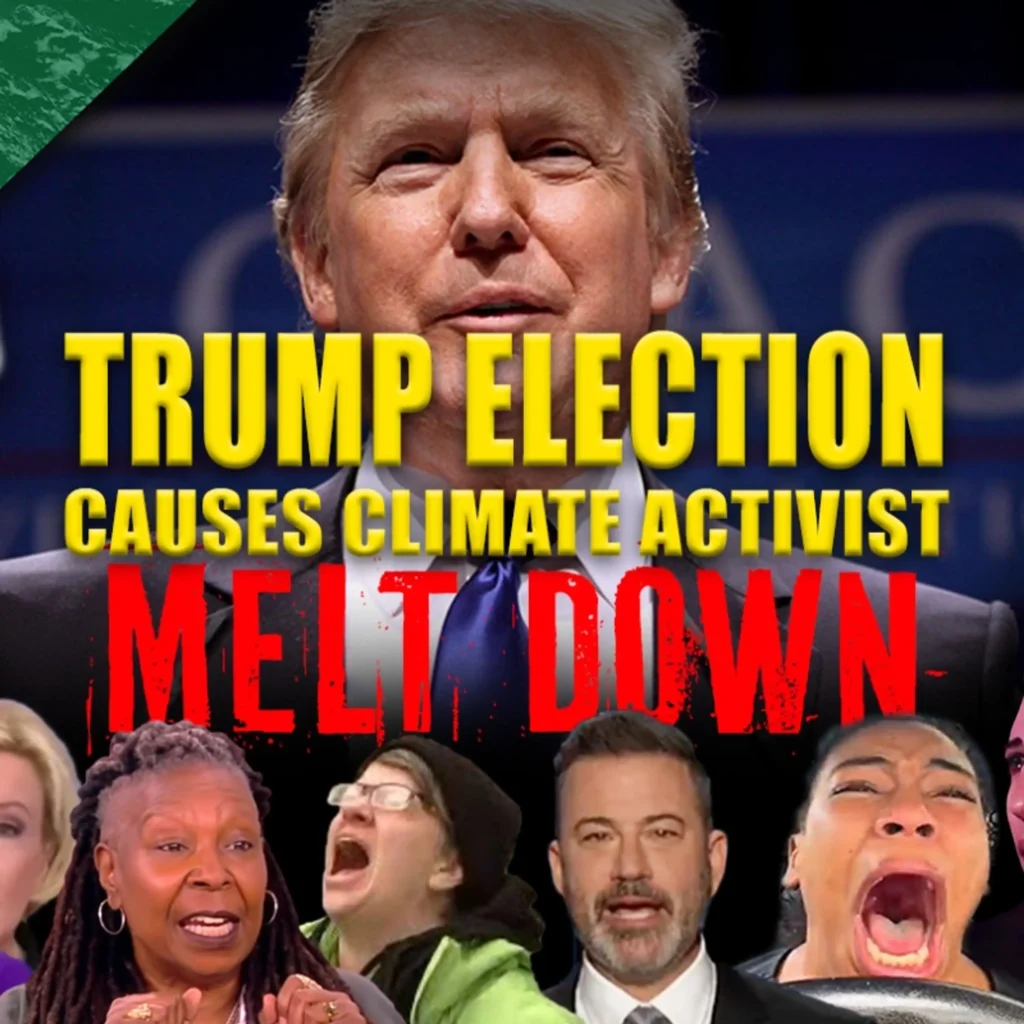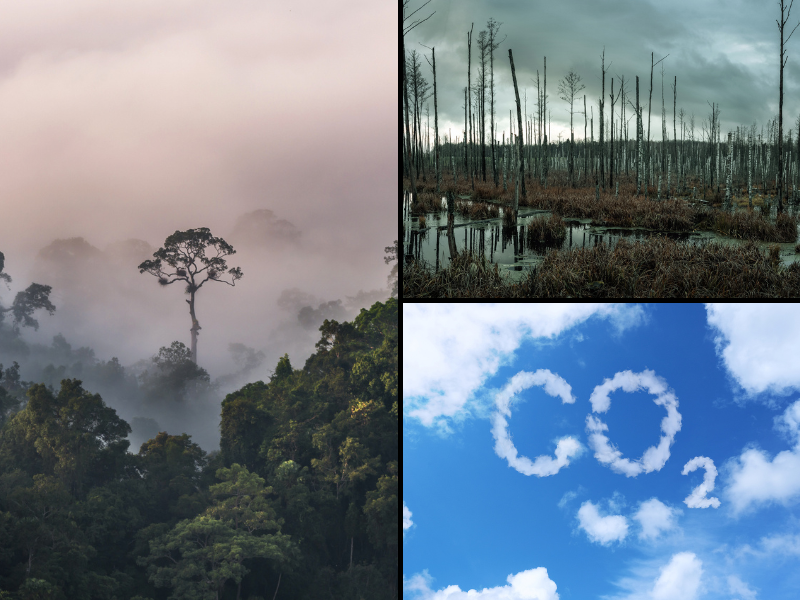Indian scientist Veerabhadran Ramanathan won global acclaim in 1999 when he discovered one of the largest, most deadly bodies of pollution ever observed. What Ramanathan did not realize at the time was that his service to science and humanity would make him one of the most controversial figures on the planet.
A large cloud of soot, produced mainly by impoverished Asians burning dung for energy, is blanketing the region, and indeed the globe. Ramanathan’s discovery of the “Asian Brown Cloud,” as it came to be known, offered scientists an opportunity to study and perhaps eliminate one of Earth’s most deadly masses of pollution.
However, study of the cloud indicated it was doing more than filling human respiratory systems with high levels of gritty soot, mercury, and other pollutants … it was perhaps the single greatest cause of global warming on the planet.
The cloud’s polluting effects, in the conventional sense of the word, are beyond dispute. In August 2002 the United Nations warned the cloud may cause “several hundreds of thousands of premature deaths” from disease and drought.
Hans Friedli, a scientist at the U.S. National Center for Atmospheric Research, described flying into the cloud as “the highest concentration [of pollutants] that I have seen from an aircraft except when you fly into wildfires.”
Link to Warming
But scientists during the past year have linked the cloud to another, unexpected environmental issue: global warming.
“Asian pollution, because it contains the residue from hundreds of millions of dung-fueled cooking fires and inefficient coal furnaces, carries an unusually large burden of soot,” reports the Wall Street Journal‘s John Fialka. That soot, because it is darker than the bright emissions of Western industry, traps heat and sunlight much more effectively than Western emissions, which reflect heat and sunlight back into space.
Dr. Surabit Menon, an atmospheric scientist at Columbia University, ran a computer program using Chinese weather reports to measure the warming effects of the brown cloud. He found the brown cloud contributes more to global warming than Western industrial emissions.
U.S. assistant secretary of commerce James Mahoney agreed with Menon’s findings. According to Mahoney, the Asian brown cloud may cause as much planetary warming as all other global sources combined.
“It is ironic that much of the pollution could be avoided by the use of cleaner fossil fuels, like gas, oil, and even coal, all of which release CO2,” said S. Fred Singer, professor emeritus of environmental sciences at the University of Virginia.
Politics Take Over
As news broke of the connection between the Asian Brown Cloud and global warming, Ramanathan received warnings about what it could mean to his ongoing study of the cloud. “My colleagues told me when I got into this that global warming is not really pure science–politics is mixed in with it,” Ramanathan reported.
Ramanathan’s colleagues were right. Indian officials, worried their country would be stigmatized for the cloud and forced to switch to more expensive fuel sources, called the global warming findings “a scientific fraud.” Rather than press for more funding to study the effects of the brown cloud, Asian officials successfully lobbied the United Nations to slash funding for brown cloud research.
According to Fialka, “The dispute could slow scientific studies about how the Earth’s climate is changed by pollution. Such inquiries increasingly depend on international cooperation because the causes and effects of climate change transcend national boundaries.”
Future Implications
Discovery of the strong connection between the brown cloud and global warming vindicates the U.S. government’s insistence that more scientific study is necessary before extreme policy prescriptions, such as those contained in the Kyoto Protocol, are adopted. Kyoto would impose severe cuts on alleged greenhouse gas sources in Western industrial nations, but would exempt nations such as China and India. Even before the discovery of the connection between the brown cloud and global warming, China and India were ranked as the 2nd and 3rd largest emitters of greenhouse gases.
Responding to the new scientific evidence and the subsequent U.N. funding cuts, the U.S. is pressing other industrial nations to fund more satellites that can study the global effects of the cloud. The funding issue will likely be decided at the December 2003 Milan climate change conference.
In the meantime, the U.N. has responded to complaints by Asian nations that they are being stigmatized by the cloud by officially changing its name from the “Asian Brown Cloud” to the “Atmospheric Brown Cloud.”
James M. Taylor is managing editor of Environment & Climate News. His email address is [email protected].




